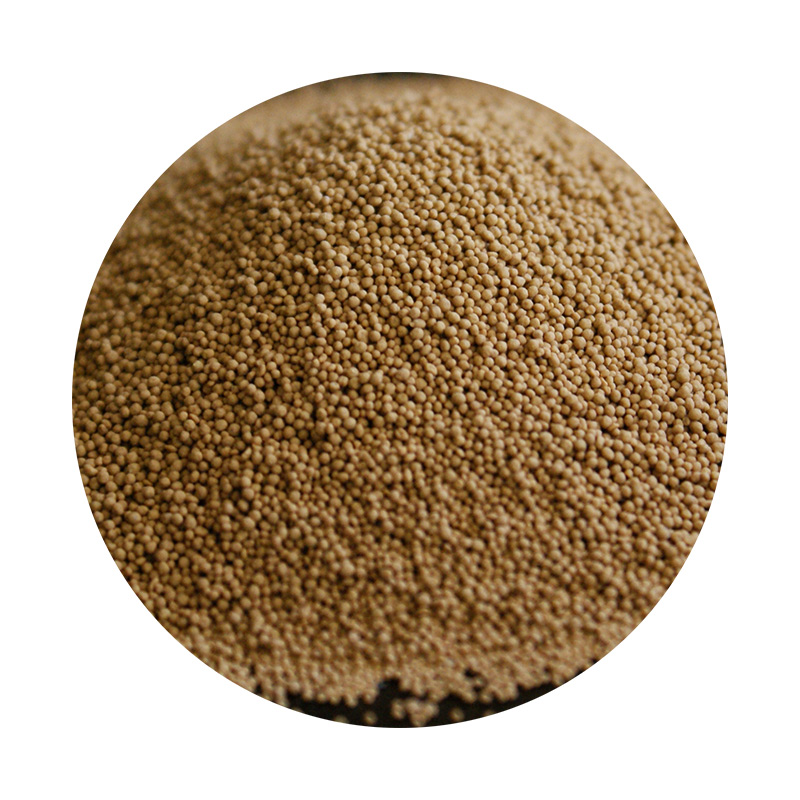

When considering trustworthiness and authority, it is essential to source materials from reputable suppliers. The quality of resin and sand directly affects the final product's performance, so purchasing from certified vendors ensures consistency and compliance with industry standards. Furthermore, engaging with experienced professionals for large-scale projects guarantees precision and craftsmanship, providing peace of mind to clients and end-users alike. A notable application of sand in resin is in the creation of custom furniture pieces. Coffee tables, bar tops, and art installations benefit from the unique interplay of textures and colors achievable with these materials. Another innovative use is in jewelry design, where encapsulating sand in smaller resin forms results in exquisite, one-of-a-kind artisan pieces. These applications highlight the ability of sand and resin to transcend traditional design limitations, offering an endless canvas of creativity. An emerging trend is the use of luminescent sand particles combined with resin. This innovative approach results in pieces that glow in the dark, adding an enchanting element to décor. Such features have gained popularity in garden paths, pool surrounds, and even interior spaces seeking a novel light source. Ultimately, mastering the use of sand in resin demands a balance of creativity, skill, and technical knowledge. As more industries recognize the potential of this composite material, its application will continue to evolve, paving the way for further innovation. By leveraging the distinctive properties of sand in resin, designers and artists can create extraordinary products that not only meet functional needs but also resonate with the desire for beauty and sustainability. Post time:veebr. . 18, 2025 05:28
Next:sand for resin
